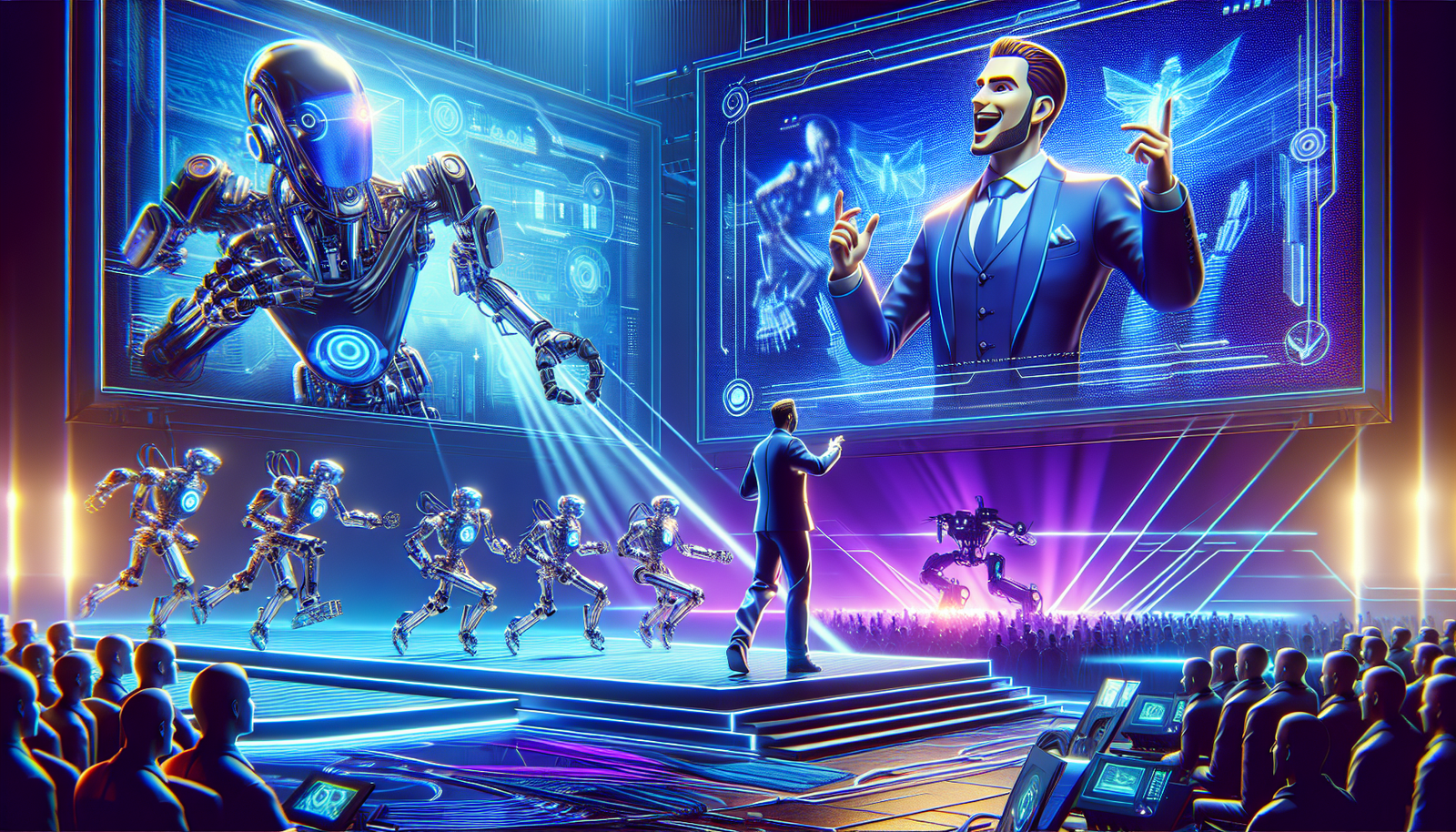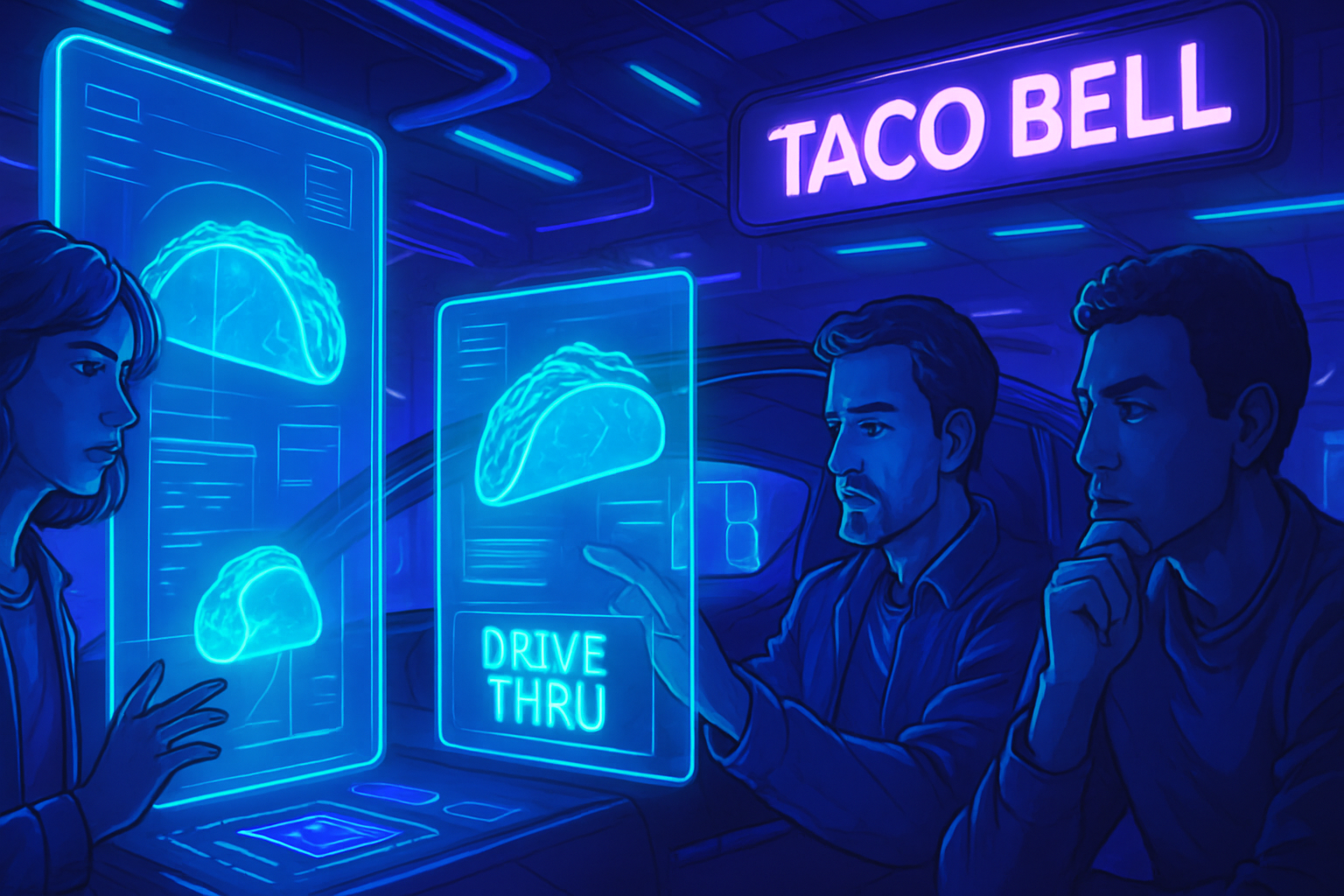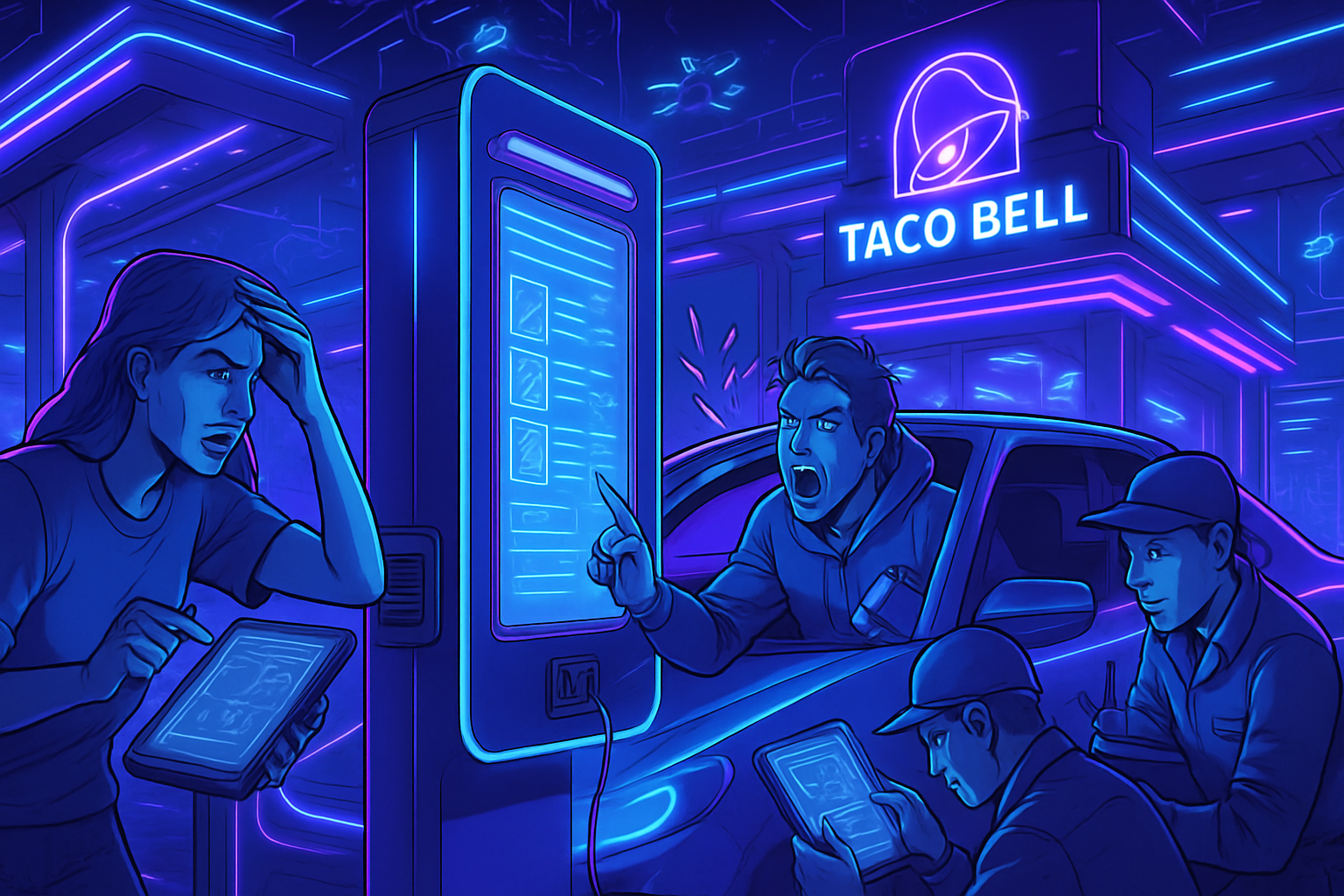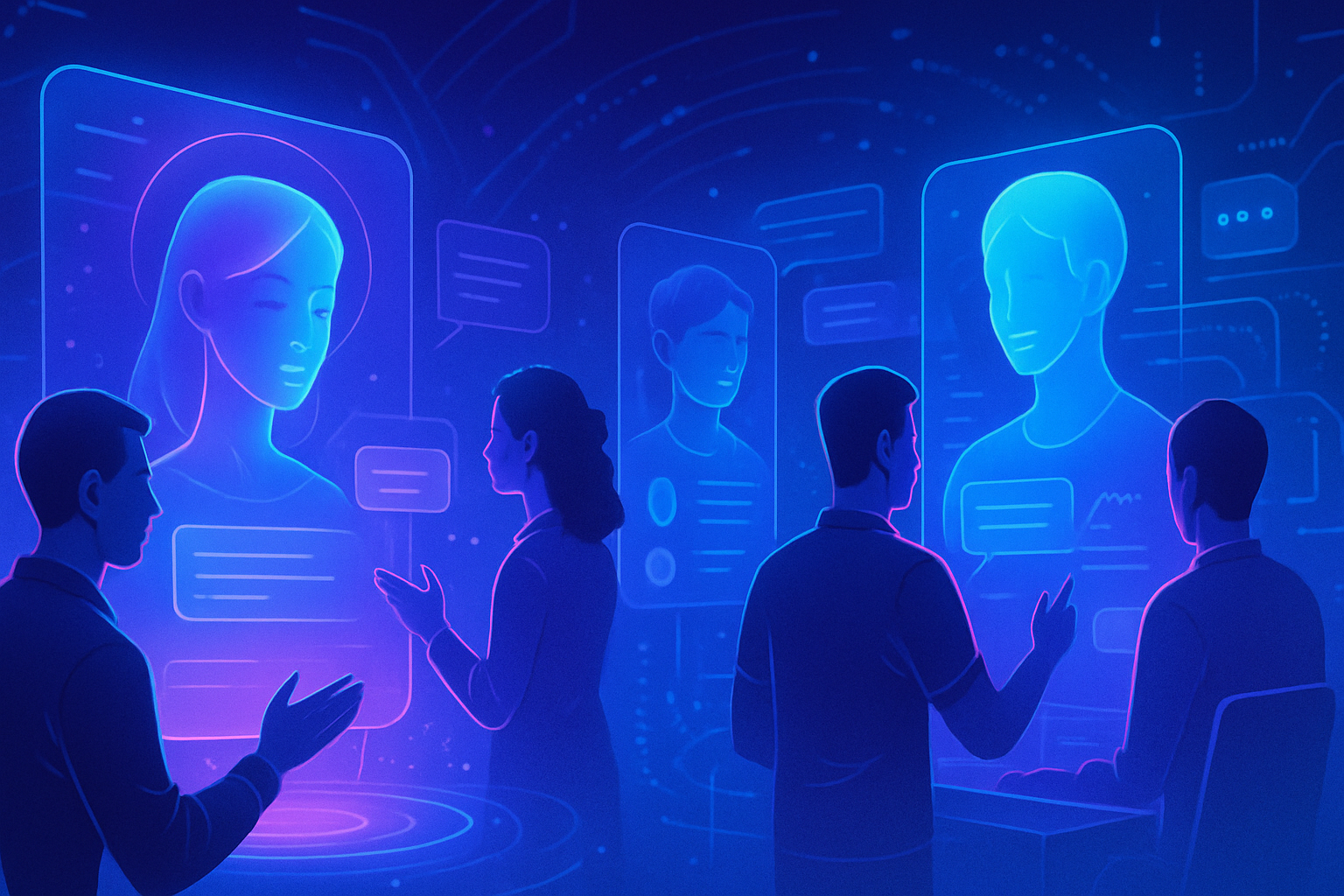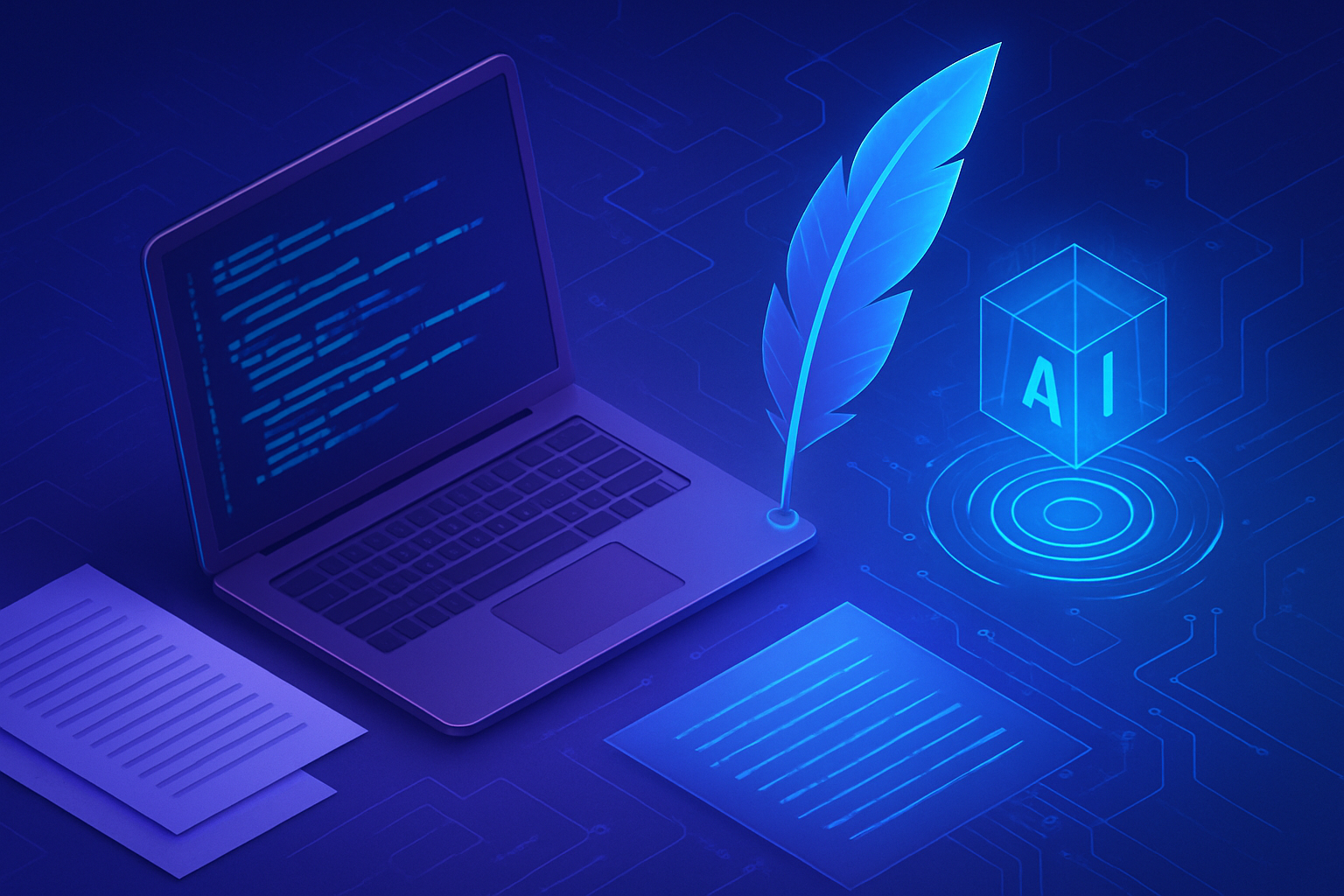Nvidia Looks to the Future
Jensen Huang, the CEO of Nvidia, recently outlined his bold vision for the future of robotics at the Consumer Electronics Show (CES) 2025. His presentation captivated a large audience eager to hear from a leader who is redefining technological boundaries. Huang emphasized the imperative to integrate artificial intelligence into robotics to achieve spectacular advancements.
A Robust Ecosystem Strategy
Nvidia adopts an ecosystem strategy aimed at dominating the AI market. This approach relies on synergistic collaborations between various sectors and tech companies. Huang’s ambitions for Nvidia go beyond mere chip manufacturing; they also encompass the development of autonomous robots and innovative software solutions.
Revolutionary Technological Advancements
Huang’s notable announcements include the presentation of a training platform for robots, utilizing synthetic videos. This innovative device allows robots to learn from realistic simulations, preparing them to interact effectively in complex environments.
International Collaboration
Nvidia is committed to establishing partnerships with research institutions and promising start-ups. These collaborations aim to develop cutting-edge technologies, notably in the fields of humanoid robots and autonomous vehicles. Cooperation with experts possessing diverse skills propels the company’s innovation capability.
Impact on Industry
The development of AI-equipped robots has significant implications for the manufacturing industry. Nvidia aspires to transform production processes by integrating robotic systems capable of executing complex tasks with precision. Outcomes could include a significant improvement in efficiency and a reduction in operational costs.
Towards Practical Applications
According to Huang, the application potential of AI technology extends beyond manufacturing. New solutions could also apply across various sectors, such as healthcare and logistics. For instance, the use of intelligent robots for patient monitoring could revolutionize healthcare.
Long-Term Vision
Jensen Huang’s commitment to a sustainable and responsible vision for robotics is undeniable. He specified that Nvidia is investing in technologies aimed at tackling societal challenges. These initiatives include the development of robots capable of managing emergency situations or operating in disaster-stricken areas.
Challenges to Overcome
Despite commendable ambitions, challenges persist. The large-scale implementation of AI and robotics raises ethical and regulatory questions. It is imperative to ensure that these technologies are deployed in ways that are beneficial to humanity.
A Promising Future
The futuristic trajectory charted by Jensen Huang necessitates constant vigilance and adaptation. AI technologies are already poised to modulate the human experience, creating new opportunities. All industry players must work together to maximize the benefits of these innovations.
Frequently Asked Questions About Nvidia’s Vision for the Future of Robotics
What are Nvidia’s main goals in robotics?
Nvidia aims to develop advanced technologies that leverage artificial intelligence in service of robotics, integrating learning systems to improve autonomy and efficiency of robots.
How does Nvidia plan to integrate artificial intelligence into robotics?
Nvidia intends to leverage its powerful software and GPUs to enable robots to learn autonomously and make smarter decisions, thus synchronizing artificial intelligence with advanced robotic capabilities.
What specific innovations were presented by Nvidia’s CEO at the last CES?
At CES, Jensen Huang presented personal AI supercomputers and outlined a strategy for humanoid robots capable of interacting more naturally and intuitively with humans.
Which industries could benefit from Nvidia’s robotic advancements?
Industries such as manufacturing, logistics, and healthcare are likely to benefit from increased deployment of autonomous robots, particularly for repetitive tasks and complex missions.
What challenges does Nvidia anticipate in the development of robotics?
Nvidia acknowledges that challenges include the need for enhanced cybersecurity, the integration of complex technologies, and managing ethical expectations surrounding the use of robots in various environments.
How does Nvidia plan to differentiate itself from competitors in the field of robotics?
Nvidia plans to stand out by investing in cutting-edge AI technologies and establishing strategic partnerships with other tech companies to create a robust ecosystem around its robotic products.
What expected impacts do humanoid robots have on the job market?
The humanoid robots developed by Nvidia could transform the job market by automating repetitive tasks while creating new opportunities in areas requiring advanced human interaction.
How could Nvidia’s vision influence the future of education in technology?
Nvidia envisions that the growing importance of robotics and AI in technology careers will prompt educational institutions to reform their programs to better prepare students for future careers focused on robotics.
